Forex trading can be a lucrative and exciting way to make money, but it also carries significant risks. One way to mitigate these risks is to use moving averages in your trading strategy. Moving averages can help you identify trends, support and resistance levels, and even define the entry and exit points of a trade. In this article, we'll explain how to use moving averages in forex trading, and discuss their advantages and disadvantages. Moving averages are one of the most commonly used indicators in forex trading.
They are a type of trend indicator that helps traders identify potential entry and exit points. By plotting the average price of a currency pair over a certain period of time, these indicators can help traders visualize the direction of the trend. For example, if the price of a currency pair is rising, then a moving average line will also rise. Conversely, if the price of a currency pair is falling, then the moving average line will also fall. In this article, we'll discuss the basics of using moving averages in forex trading, including how to set up the indicator, how to interpret its signals, and more.
So if you're interested in learning more about how to use moving averages in forex trading, read on!Moving averages are technical indicators that show the average price of a currency pair over a certain period of time. They help traders identify trends and make more informed decisions about when to enter and exit trades.
Moving averages
can be used to identify both long-term and short-term trends, as well as entry and exit points.Moving averages
can also be used to identify support and resistance levels.When using moving averages, it is important to understand the different types of moving averages available. The most common types of moving averages include simple, exponential, weighted, and triangular. Each type has its own advantages and disadvantages, so it is important to understand which type is best for your trading strategy. Once you have chosen the type of moving average you want to use, you can begin to use them in your trading strategy.
One of the most effective ways to use moving averages is to combine them with other technical indicators. For example, if you are looking for an entry signal, combining a moving average with a momentum indicator can help you identify the best entry point for a trade. Similarly, you can use a combination of moving averages and other indicators to identify the best exit points. It is also important to remember that moving averages should not be used as a standalone indicator.
While they can be useful in identifying trends and entry/exit points, it is important to use them in conjunction with other indicators in order to get the best results. Finally, it is important to remember that moving averages are just one tool in your trading arsenal. While they can be useful, they should never be relied upon as the sole indicator for making trading decisions.
Conclusion
It is important to remember that moving averages should not be used as a standalone indicator. While they can be useful in identifying trends and entry/exit points, it is important to use them in conjunction with other indicators in order to get the best results. Combining multiple indicators such as oscillators, volume, and momentum can help confirm the validity of the trading signals generated by the moving averages and help traders make more informed decisions.How Moving Averages Work
Moving averages are a type of technical indicator used in forex trading to identify trends and make more informed decisions about when to enter and exit trades.They are calculated by taking the average price of a currency pair over a certain period of time. By analyzing the average price of a currency pair, traders can see which direction the market is moving in and make better decisions about when to enter and exit trades. Moving averages can also be used to predict future price movements. When the price of a currency pair is above its moving average, it indicates that the price is likely to continue increasing.
Conversely, when the price of a currency pair is below its moving average, it indicates that the price is likely to continue decreasing. Moving averages can be used in combination with other technical indicators to help traders identify potential entry and exit points for their trades. For example, if a trader sees that a currency pair is trading above its 200-day moving average, they may decide to enter a long position. Conversely, if the currency pair is trading below its 200-day moving average, they may decide to enter a short position. It is important to remember that moving averages are only one part of a trader’s toolkit and should not be relied upon exclusively. Traders should also consider other factors such as news, market sentiment, and technical indicators when making trading decisions.
Using Moving Averages in Your Trading Strategy
Once you have chosen the type of moving average you want to use, you can begin to use them in your trading strategy.One of the most effective ways to use moving averages is to combine them with other technical indicators. Combining two or more different types of indicators can provide a more comprehensive analysis of the market and give traders a better chance of predicting future price movements. For example, you could combine a simple moving average with an exponential moving average, a MACD, or other indicators to help identify trends and make smarter decisions. When combining different indicators, it is important to note that each one will have its own unique characteristics and will respond differently in different market conditions. It is important to understand how each indicator works and how it responds to different market conditions.
Additionally, it is important to determine which indicators are best suited for your trading style and risk management strategy. In addition to combining different indicators, you can also use moving averages as part of a trend following strategy. By using a combination of long-term and short-term moving averages, traders can identify trends over different timeframes. This can help traders stay on top of the market and make more profitable trades. Furthermore, traders can use moving averages as part of a breakout strategy.
By identifying when a trend is breaking out, traders can enter the market at the right time and with the right strategy. By understanding how to use moving averages in their trading strategies, traders can make smarter decisions and maximize their profits in the foreign exchange market. Moving averages are one of the most important tools used by forex traders and should not be overlooked. By combining them with other indicators and using them as part of a trend following or breakout strategy, traders can increase their profits significantly.
Types of Moving Averages
Moving averages are a vital part of technical analysis in the foreign exchange market, as they help traders identify trends and make better decisions. But not all moving averages are created equal; there are several different types of moving averages available, including simple, exponential, weighted, and triangular. Simple moving averages (SMAs) are calculated by taking the average of the closing prices of a currency pair over a given period of time.This type of average is most useful for short-term traders who want to quickly identify trends. SMAs are also useful for identifying support and resistance levels. Exponential moving averages (EMAs) also take the average of the closing prices of a currency pair over a given period of time. However, EMAs give more weight to recent data, making them more sensitive to changes in price. This makes EMAs better suited for identifying potential entry and exit points for long-term traders. Weighted moving averages (WMAs) take an average of the closing prices of a currency pair over a given period of time, but also assign more weight to certain data points.
This allows WMAs to be more reactive to changes in price than SMAs or EMAs, making them better suited for short-term traders. Finally, triangular moving averages (TMAs) are calculated by taking the average of the closing prices of a currency pair over a given period of time, and then averaging that average with itself. TMAs are better suited for medium-term traders looking for a smoother view of the market. Each type of moving average has its own advantages and disadvantages, so it is important to understand which type is best for your trading strategy. For example, if you are looking for a quick view of the market, SMAs might be best. If you are looking for a more accurate view of the market, EMAs may be better suited. Moving averages are an invaluable tool in the forex market, as they can help traders identify trends, make more informed decisions, and maximize their profits.
Whether you are a beginner or an experienced trader, understanding how to use moving averages can help you become more successful in the currency markets. By utilizing different types of moving averages, traders can identify trends and determine the strength of price movements. Additionally, combining moving averages with other technical indicators can help traders gauge market conditions and improve their overall trading strategy. Ultimately, by mastering the use of moving averages in forex trading, traders can maximize their profits and minimize their losses.
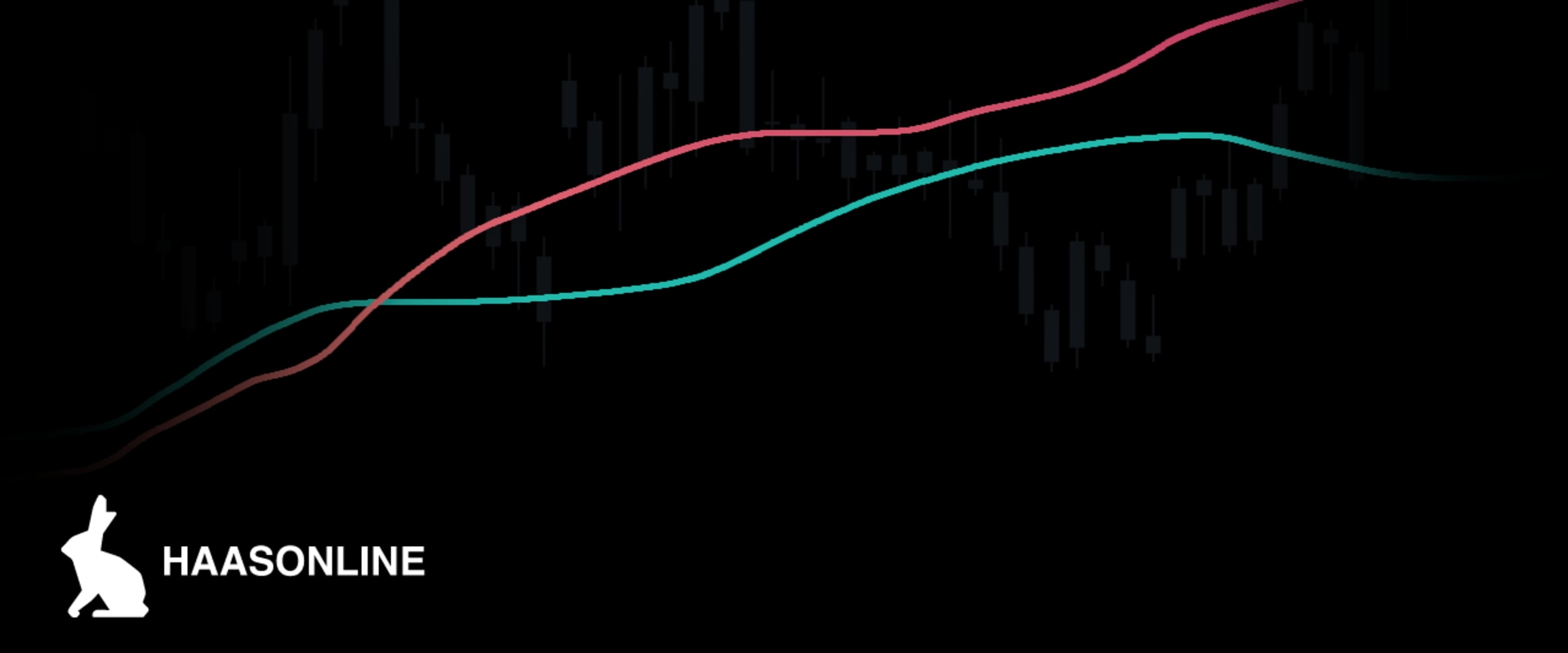

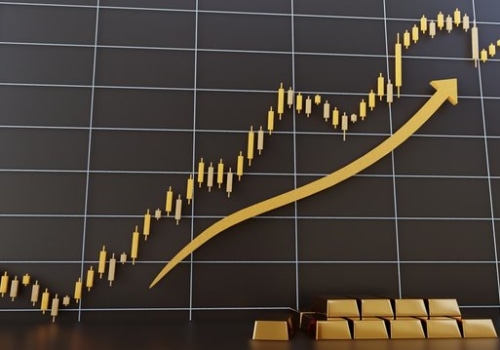
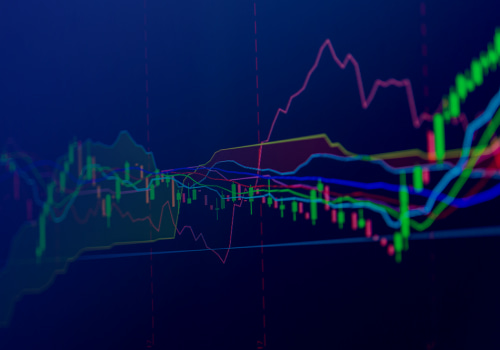
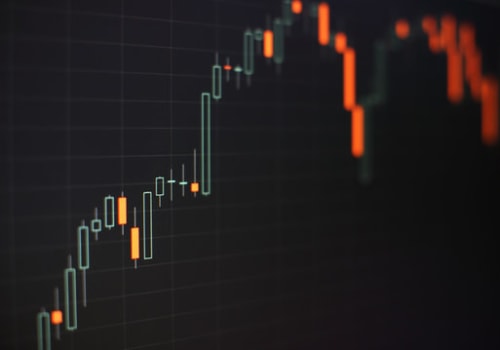
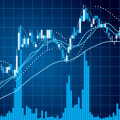
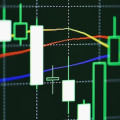



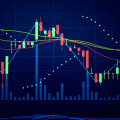

Leave Reply